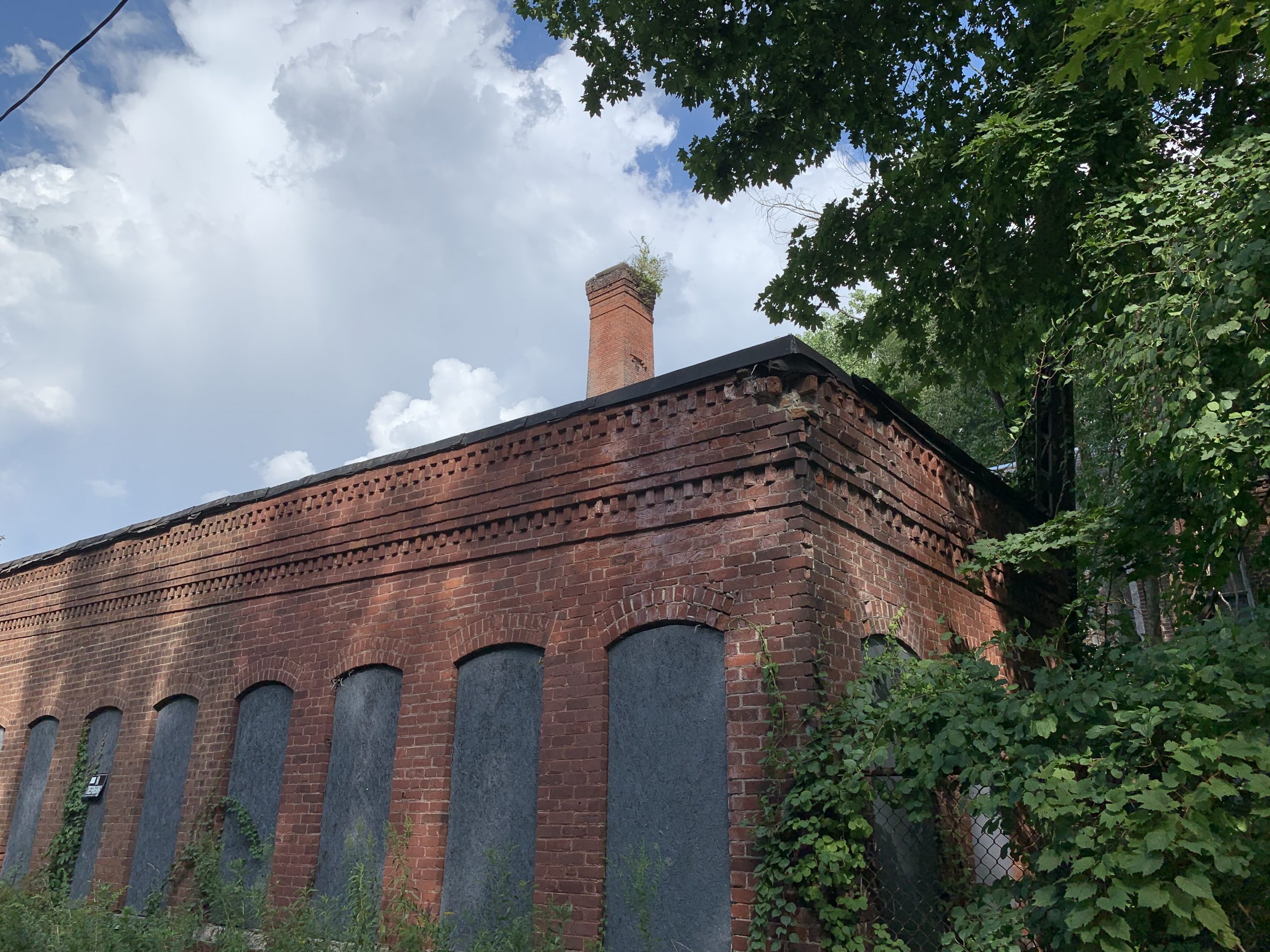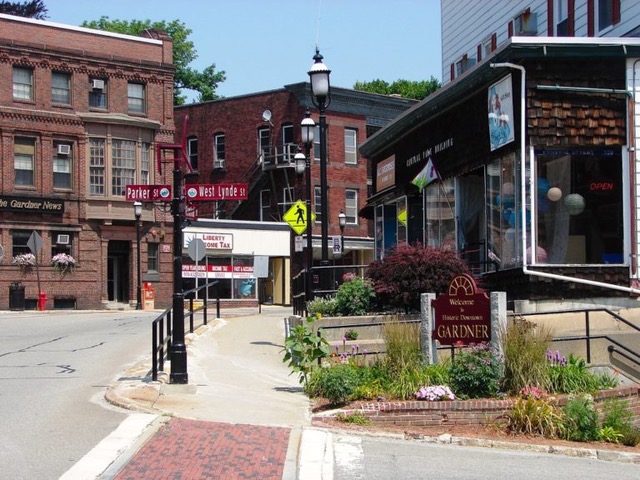Is It the past or is it the future?

Scott M. Graves, founder M the Media Project
used by permission of Jessica White
One man’s multi-generational business left the urban core more than 55 years ago to settle along the then ‘modern’ single-use commercial district just off the exit of the then newly minted highway.
So I understand his hesitation to a long-term plan that seems to leave single-use development, i.e. his family’s investment, in the dust bin of history.
The former political leader lamented the cost of ‘sidewalks and infrastructure’. Such a transition will cost too much in his estimation. We hear this in our neck of the woods with regularity.
How many politicians among us will readily offer their approval of poaching corporate entities to town with free or reduced tax liabilities. These projects typically require additional infrastructure paid for by residents and small businesses who do not receive such subsidies. Subsidizing out of town companies and infrastructure supporting single-use commercial space and the car.
Ask yourself: Does that Wal-Mart parking lot generate as much tax revenue as any single downtown building when fully occupied? Which development encourages a strong sense of community and a strong sense of place?
It occurs to me that what we’re really talking about is personal perspective. Folks in my camp get accused of supporting ‘the past’. That creating environments for people to live and work in a smaller, denser area that supports the pedestrian and cyclist is somehow supportive of a former time that can never return.

And it’s a pattern of development that now fully represents the past. And it’s strangling every one of our cities and towns.
Class also plays a role. Take our region for example. For generations, success has been measured in one’s ability to escape the downtown apartment or off center of town family home in favor of that new, 3-4 bedroom ala cul-de-sac.
They grew to become a force for change in town politics. They consistently voted to keep local property taxes low. Such revenues would have made for investments in schools, public spaces, and programming for infrastructure and economic development. A Tale of Two Cities.

Like Reading about Economic Development? Listen to our interview with Strong Towns Founder Chuck Marohn
Another characteristic of the “American way’. Our habit of mixing class and ideas of ‘progress’ in order to propagandize; we delude ourselves into believing what’s wrong is right. What’s sustainable is ‘backwards’.
And so it is. The past is really the future. The future is really a blip on the radar that is rapidly becoming the past, the kicking and the screaming be damned.
It will be through dialogue that we find consensus and solutions that represent everyone. But why cling to a development pattern that separates, that gives in to our insecurities and prejudices. Why not develop a future that encourages opportunities for sharing.
For we all have stories to tell.
Essays from an Artist: On Toxic Individualism

